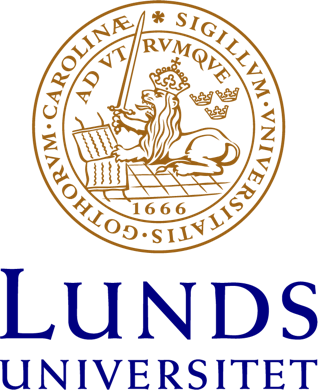Relative Binding Energies Predict Crystallographic Binding Modes of Ethionamide Booster Lead Compounds
Transcriptional repressor EthR from Mycobacterium tuberculosis is a valuable target for antibiotic booster drugs. We previously reported a virtual screening campaign to identify EthR inhibitors for development. Two ligand binding orientations were often proposed, though only the top scoring pose was utilized for filtering of the large data set. We obtained biophysically validated hits, some of whi
